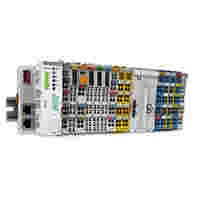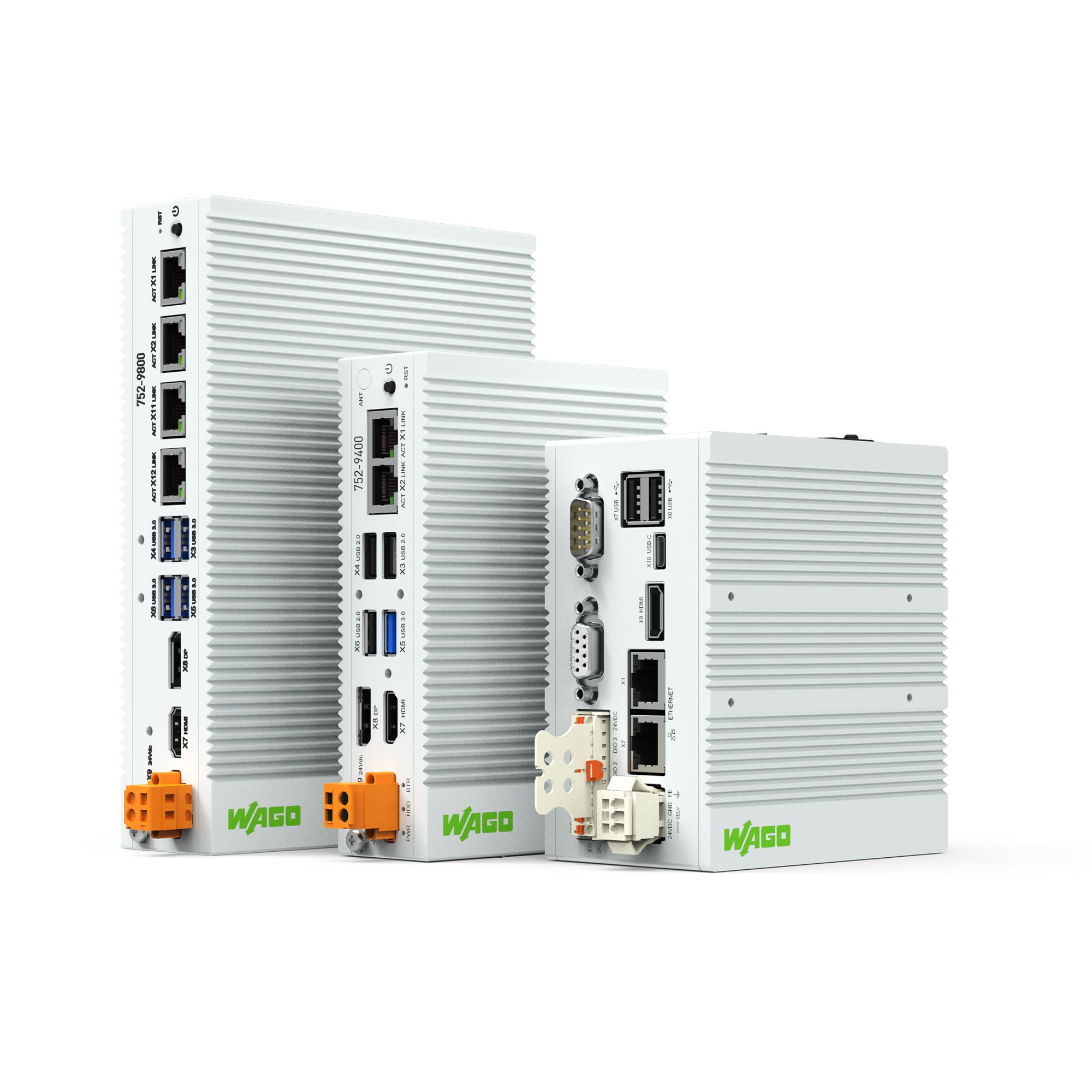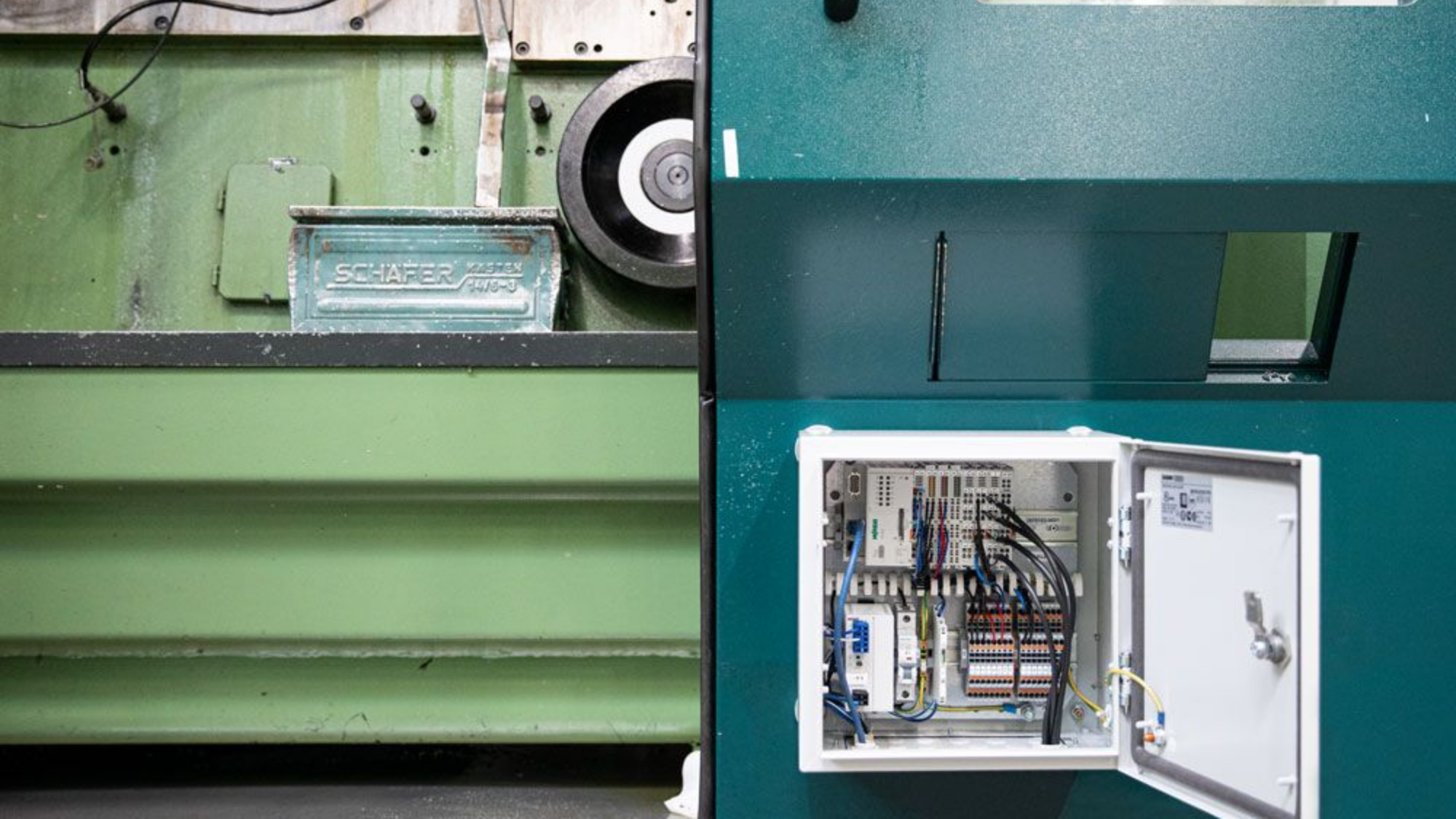MQTT Simply Explained
MQTT (Message Queuing Telemetry Transport) is a lightweight, event-driven protocol that operates on a publish/subscribe architecture, making it an efficient alternative to the conventional client-server model.
Clients in an MQTT network, such as buttons, temperature sensors or touch panels, publish or subscribe to messages under specific topics. A broker (server) ensures seamless communication and secure data exchange as a central entity.
Thanks to its compact message format and event-based communication, which does not require continuous data transmission, MQTT uses minimal bandwidth and memory. This makes MQTT ideal for use in resource-constrained IoT applications.







